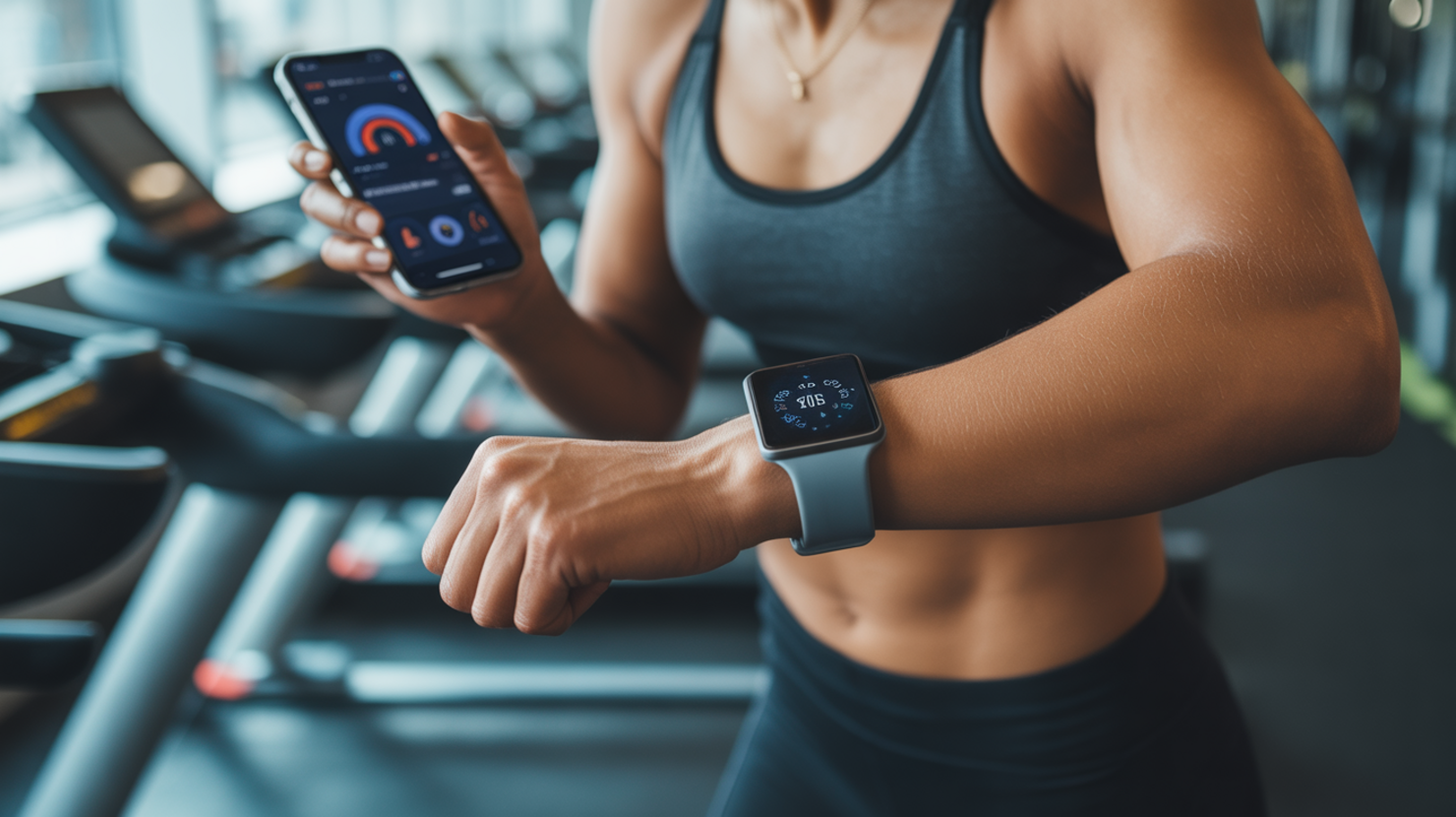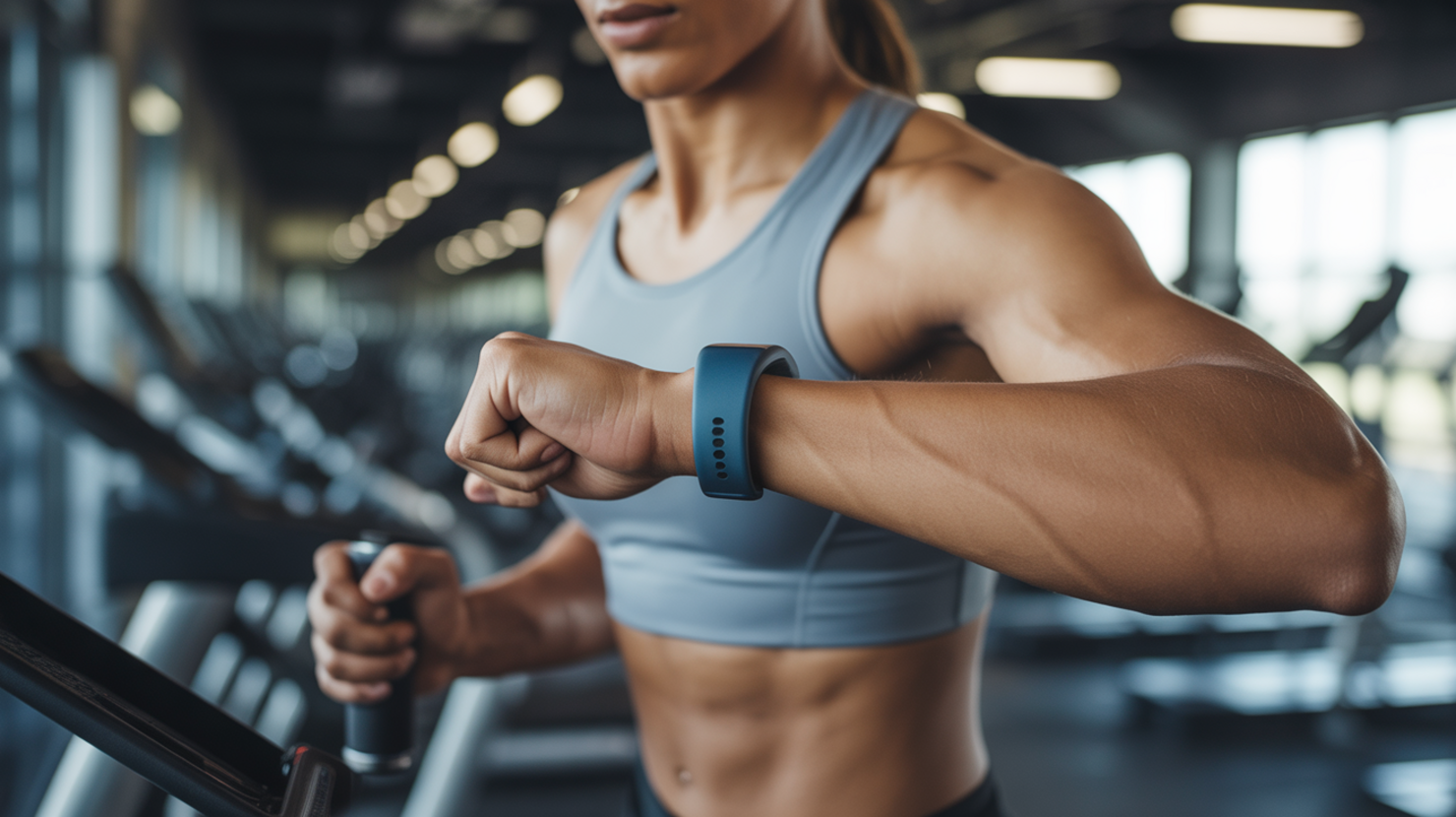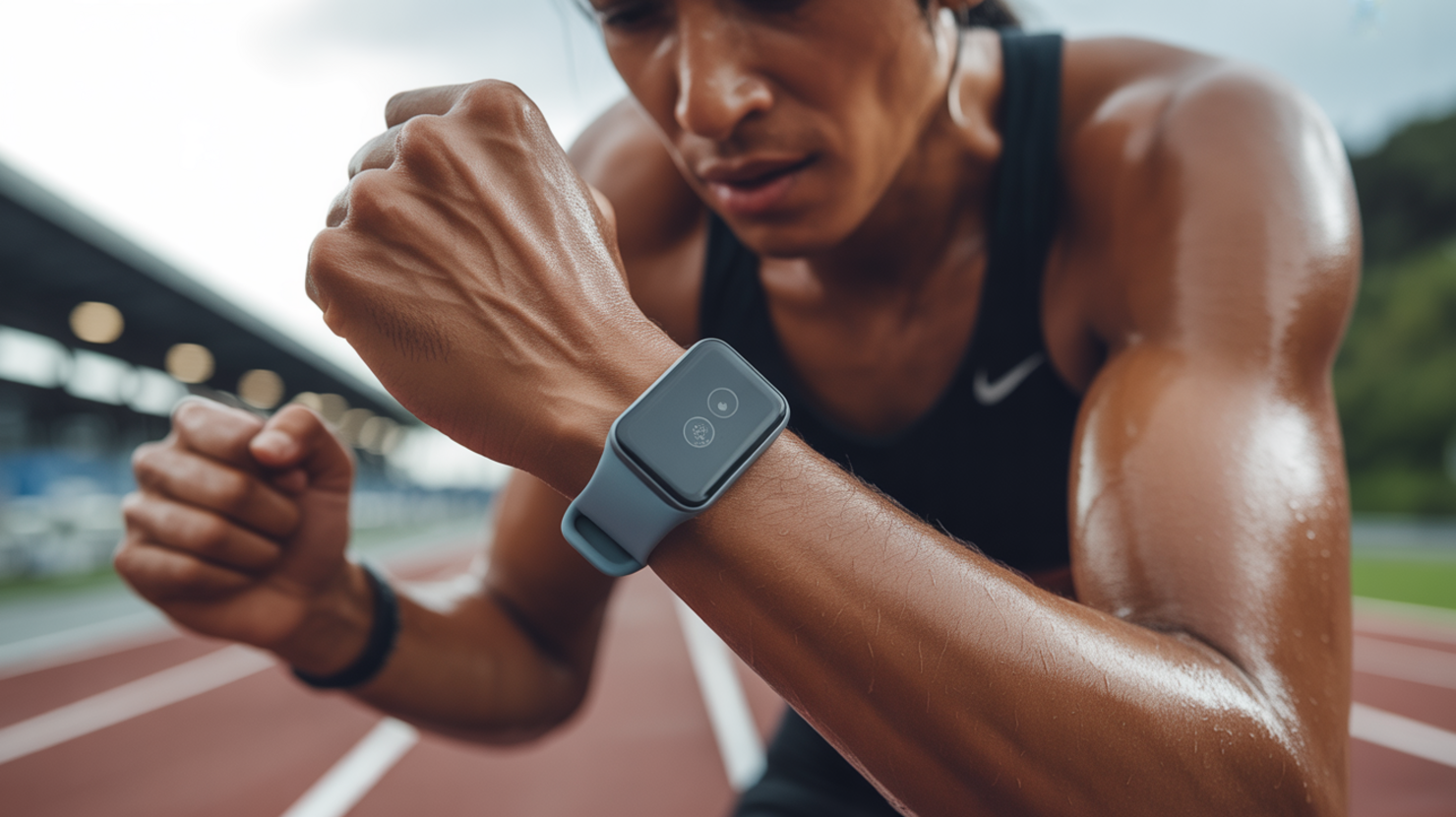Living or training in a place like Hong Kong presents unique challenges for wearable technology, particularly concerning battery life and overall durability. Tropical climates aren’t just uncomfortable for us; they create a harsh environment for the sensitive electronics inside our smartwatches and fitness trackers. The combination of high temperatures and persistent humidity significantly strains battery performance. Chemical reactions within lithium-ion batteries are highly susceptible to temperature changes. Elevated heat can accelerate these reactions, leading to faster discharge rates and, over time, potentially reducing the battery’s overall lifespan. Add humidity into the mix, and you have a recipe for accelerated degradation.
Beyond affecting the battery’s internal chemistry, humidity poses a direct physical threat. Sweat, which is essentially saltwater, is highly corrosive. While most modern wearables come with some level of water resistance, indicated by IP ratings, these ratings often test against submersion in pure water, not prolonged exposure to salty, warm sweat or condensation from extreme humidity. Tiny imperfections in seals, around buttons, or near charging ports can allow moisture to ingress. Once inside, this moisture, especially salty sweat, can lead to corrosion risks on delicate internal components and electrical contacts, potentially causing malfunctions or permanent damage. Ensuring your device has robust sealing designed for more than just a quick dip is crucial in such demanding environments.
To truly understand how well a wearable performs in these conditions, we need testing parameters that mimic the challenge. Standard lab tests under controlled temperatures and humidity levels are a start, but real-world humidity tests in places like Hong Kong push devices further. These tests involve prolonged exposure, often simulating days or weeks of high ambient moisture (e.g., 80-95% relative humidity) combined with temperature fluctuations. They assess not just immediate functionality but also the long-term integrity of seals and the impact on battery drain under constant environmental stress. Such testing provides a far more reliable indicator of a wearable’s resilience than basic water resistance claims alone, highlighting which devices can truly survive the daily grind of a humid climate.
Marathon Training Demands on Device Endurance
Training for a marathon is a grueling process that tests your physical and mental limits. It also puts your wearable technology through a serious endurance test. Beyond simply surviving the miles, your device needs to power through hours of continuous data tracking without dying mid-stride, especially during those critical long runs that are the backbone of any training plan. Several key features essential for marathoners are also the biggest culprits when it comes to draining your device’s battery life.
One of the most significant power consumers is GPS tracking. For runners, knowing distance, pace, and mapping routes is non-negotiable. However, your watch constantly searching for and maintaining a satellite signal requires substantial energy. This drain can be even more pronounced in environments where signals are weaker, like under heavy tree cover or between tall buildings, forcing the device to work harder. Accurate GPS data is vital for training analysis, but it comes at a cost to battery life.
Another major drain is continuous heart rate monitoring. To provide accurate real-time heart rate data, your watch uses optical sensors that emit light and continuously measure blood flow. While indispensable for monitoring training intensity, recovery, and overall effort, keeping this feature active for several hours non-stop during a long run, or even 24/7, is a significant draw on the battery reserves. The precision required for workout tracking means the sensor is working overtime.
Finally, how you use your device’s screen during a long run also impacts endurance. Frequent checks of your pace, elapsed time, heart rate, or notifications require the screen to light up. High brightness settings, vibrant watch faces, and settings that keep the display awake for longer periods all contribute to battery depletion. Balancing the need to quickly glance at essential data with minimizing screen-on time is important over the course of a multi-hour training session.
Understanding which features consume the most power allows runners to make informed decisions. While you need these features for effective training, being mindful of their impact is crucial for ensuring your device makes it across the finish line – or at least to the end of your longest training run – alongside you.
Top Humidity-Resistant Smartwatches Tested
Moving beyond general water resistance, extreme humidity presents a unique challenge to wearable electronics. Constant high moisture levels and the associated heat can stress seals, accelerate corrosion, and impact battery chemistry and performance. Our testing zeroes in on smartwatches specifically engineered to withstand these demanding conditions, going beyond simple splash proofing to evaluate true environmental resilience.
A key indicator of a device’s ability to handle harsh environments is its adherence to military-grade durability benchmarks. Standards like MIL-STD-810H test equipment under various stresses, including humidity, temperature extremes, shock, and vibration. Smartwatches that meet these rigorous specifications offer an extra layer of confidence that they won’t falter under the persistent dampness encountered in places like Hong Kong, ensuring components remain protected and functional.
To simulate real-world performance in humid climates, we subjected top contenders to scenarios mirroring 95% humidity simulations. During these extended tests, we monitored battery life under typical usage – including GPS tracking and heart rate monitoring – to see how significantly the environment impacted drain compared to dry conditions. The best performers showed minimal deviation, demonstrating efficient power management and superior internal component protection even when saturated with moisture.
Finally, we evaluated charging speed comparisons post-workout. After a strenuous, humid session that drains the battery, the ability to quickly recharge is crucial for getting the device ready for the next activity. We looked at how rapidly these humidity-resistant watches recover power, focusing on features like fast charging and overall charge time efficiency, ensuring minimal downtime between training sessions. These top models offer a balance of robust build, reliable battery life under stress, and convenient recharging capabilities.
Fitness Trackers That Outlast Rainy Season Runs
Navigating Hong Kong’s rainy season or facing similar humid, wet climates demands more from your fitness tracker than just step counting. You need a device built to endure moisture, sweat, and extended use without constant battery anxiety. This section delves into the crucial factors that make fitness trackers resilient enough to handle your toughest, wettest runs.
One key differentiator is exceptional battery life under stress. Forget trackers that struggle to last a few days when actively tracking workouts. We’re talking about performers capable of hitting that impressive 30-day mark, even when pushed with frequent GPS usage and constant heart rate monitoring in humid conditions. These devices leverage efficient chipsets and optimized software to sip power, ensuring they’re ready for your next session, not dead on your wrist after yesterday’s downpour run. Choosing a tracker with robust battery endurance means less time tethered to a charger and more time focusing on your training.
Beyond just a large battery, some advanced fitness trackers incorporate solar charging capabilities. While perhaps not providing a full charge under cloudy skies, even diffuse light or exposure during breaks can significantly extend battery life. In climates where sunny days aren’t guaranteed, having this extra trickle charge can make the difference between finishing your multi-hour endurance activity with data and having your tracker die mid-way. Look for technologies designed to capture energy efficiently, even under less than ideal conditions, acting as a crucial backup during unpredictable weather. Learn more about how solar charging works in small devices via resources like Wikipedia’s page on Photovoltaics.
Finally, the physical design, particularly the band materials, plays a vital role in a tracker’s longevity and comfort in humid environments. Bands made from materials that resist sweat degradation, such as high-quality silicone or TPU, are essential. They won’t become brittle, discolored, or cause skin irritation when exposed to moisture and salt from sweat over time. A durable band ensures your tracker stays securely and comfortably on your wrist, run after run, rain or shine. Ensure the materials are easy to clean and maintain to prevent buildup that can accelerate wear and tear or cause discomfort.
Selecting a fitness tracker for challenging climates means looking beyond basic features. Prioritize models known for their long-lasting batteries, consider the benefits of supplementary charging methods like solar power, and don’t overlook the durability and comfort of the band material. These elements collectively ensure your device is a reliable training partner, regardless of the weather.
Battery Optimization Hacks for Humid Climates
Navigating challenging environments like humid Hong Kong while maintaining peak wearable performance during intensive marathon training requires smart battery management. Standard usage tips aren’t always enough when sweat, moisture, and constant tracking push your device to its limits. Implementing targeted optimization strategies can significantly extend your device’s lifespan between charges.
Here are key strategies for optimizing your wearable’s battery life in humid conditions:
-
Disabling battery-hungry features strategically: GPS is notorious for its power draw. While essential for accurate distance and pace during core training, consider turning it off during warm-ups, cool-downs, or segments where precise tracking isn’t critical. Similarly, continuous heart rate monitoring consumes significant energy; if your training includes steady-state efforts, switching to periodic monitoring instead of continuous can save power. Managing notifications, turning off Wi-Fi when not syncing, and adjusting screen brightness or using an ambient display setting can also collectively make a substantial difference over a multi-hour run or a humid day.
-
Proper post-workout device care is crucial: Even water-resistant devices can suffer if moisture sits on charging contacts or finds its way into tiny crevices. After a sweaty session or exposure to humidity, immediately wipe down your wearable with a dry, soft cloth, paying extra attention to the charging ports and sensors. Allow the device to air dry completely before attempting to charge it. Preventing moisture ingress and potential corrosion safeguards the battery and internal components from long-term damage.
-
Familiarize yourself with your device’s power-saving modes: Most wearables offer modes that limit certain functions (like background app refresh, notifications, or display features) to drastically reduce power consumption. These modes are ideal for long training sessions where you need the device to last the entire duration, or during periods when you don’t require the full suite of smart features. Check your device’s manual or a reliable tech guide like this one on smartwatch battery life: How to Extend Smartwatch Battery Life to understand the different levels of power saving available and how to activate them.
By implementing these simple yet effective hacks – strategic feature management, diligent drying, and utilizing power-saving modes – you can significantly improve your wearable’s battery endurance, ensuring it keeps up with both your marathon training demands and Hong Kong’s challenging climate.
Future-Proof Tech: Next-Gen Wearable Batteries
While today’s wearables are constantly improving, the battery remains a significant hurdle, especially when pushed in demanding environments like Hong Kong’s humidity during marathon training. But what does the future hold? Exciting advancements are on the horizon that promise to revolutionize how long our devices last and how resilient they are to the elements.
One of the most promising areas is the development of graphene battery technology. Unlike traditional lithium-ion batteries, graphene offers the potential for significantly higher energy density and much faster charging times. Imagine a wearable that lasts for days or even weeks on a single charge and can be topped up in minutes. Prototypes are already in testing phases in labs around the world, hinting at a future where battery life is far less of a concern for athletes and everyday users alike. Research bodies like the Graphene Flagship are actively exploring these possibilities.
Another critical area for tropical climates is Moisture-resistant wireless charging. Current wireless charging often relies on clean, dry contacts or surfaces. Future tech aims to make this process more robust, allowing for safe and efficient charging even when a device might still have residual sweat or moisture from intense training or high humidity. This eliminates the need for meticulously drying ports (if they even exist) and simplifies the charging process, adding another layer of convenience and durability essential for reliability in challenging climates.
Finally, we’re seeing progress in AI-driven power distribution systems. Instead of rigid power-saving modes, AI could learn your usage patterns, the environment (like detecting high humidity or intense activity), and strategically allocate power in real-time. This smart management could dynamically turn features on or off, adjust sensor polling rates, and optimize performance without user intervention, squeezing every last drop of power out of the battery more efficiently than ever before. Think of it as a highly intelligent copilot managing your device’s energy, ensuring you have power when you need it most. News sources like TechCrunch often cover these emerging AI trends in consumer electronics.
These next-generation technologies – graphene, moisture-resistant wireless charging, and AI power management – hold the key to wearables that are not only smarter and more powerful but also far more enduring and reliable in challenging conditions. The wait for truly “future-proof” battery life might be closer than we think.











